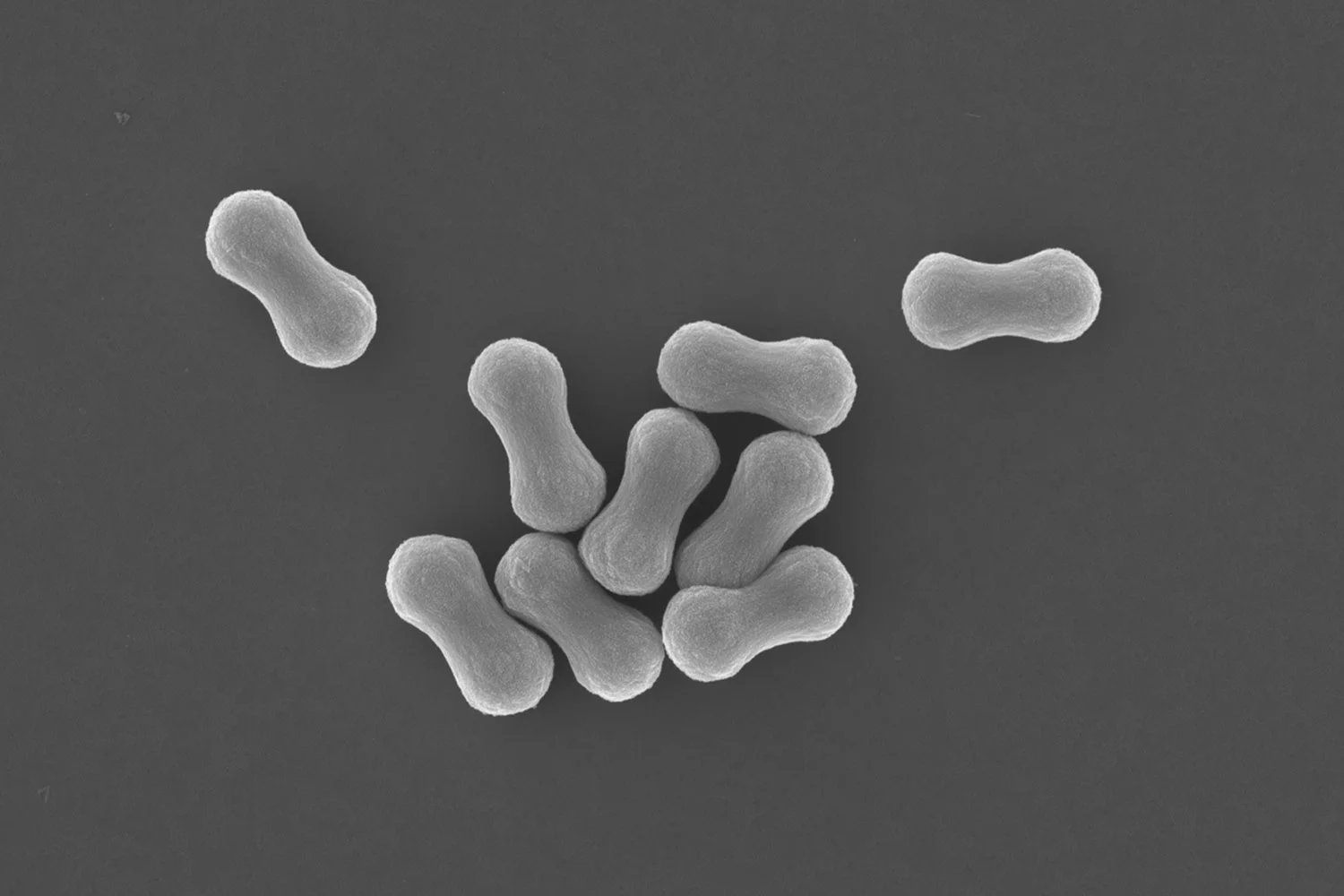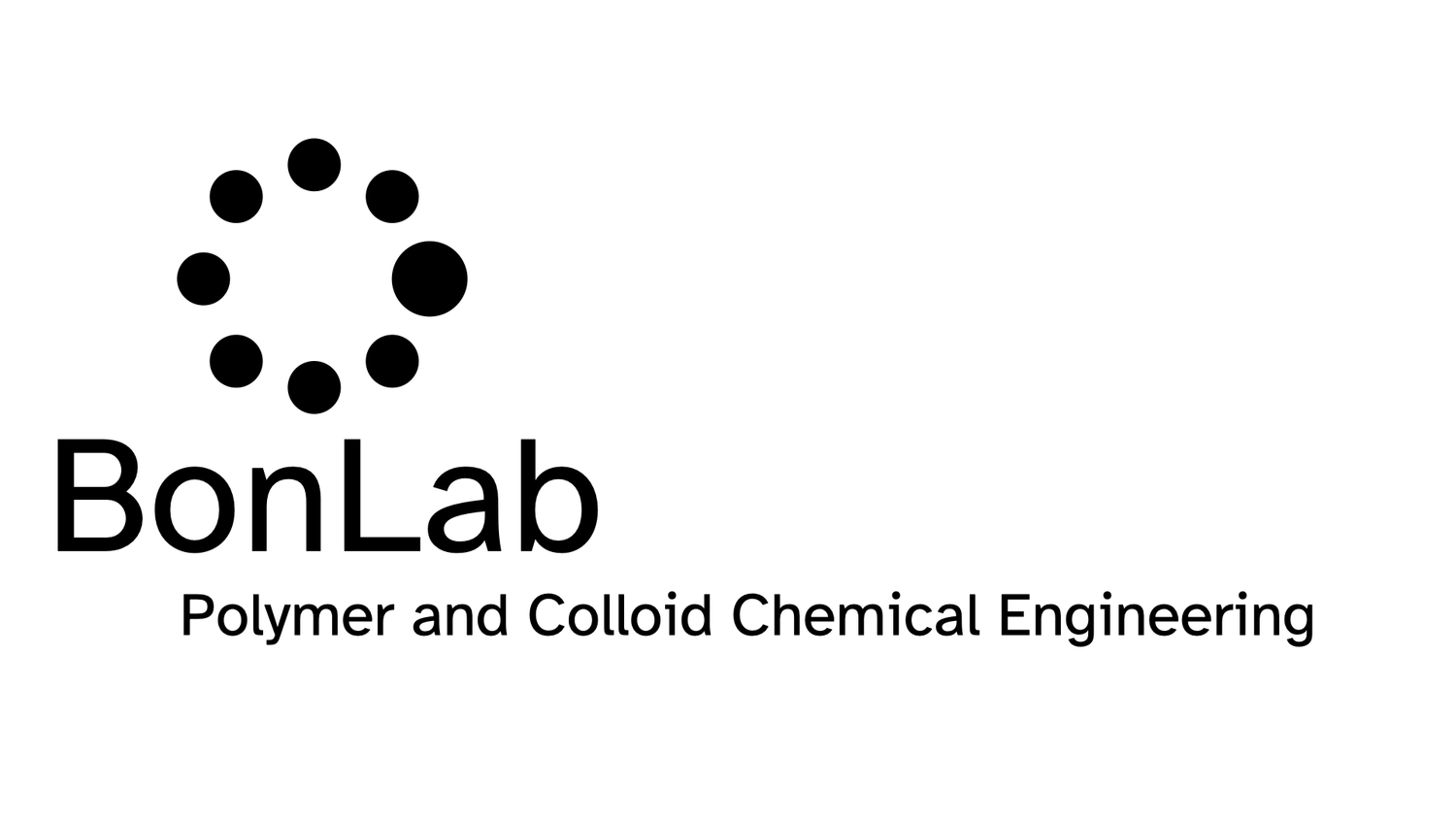
BONLAB BLOG
Thoughts
&
Scientific Fiction
Join BonLab as a PhD student in 2019
We are looking for enthusiastic and dedicated people to join the BonLab as a PhD student. Start dates are October 2019. Do you have what it takes to work at the forefront in supracolloidal chemical engineering?
You will be working under guidance of prof.dr.ir. Stefan A. F. Bon on an exciting 4 year project in collaboration with industry in the area of polymer and colloid science. We have a number of opportunities available in my team:
project 1: Next generation sustainable polymer colloids
This projects deals with the fabrication of sustainable polymer colloids and capsules and their use as building blocks for a range of supracolloidal materials. We will look at alternatives to free radical polymerization methods under the tentative title: “oh, but its not microplastics”. Not only will we look at innovative fabrication methods, we will look at the formulation process involved during the processing into colloidal products, and we will characterize the physical and mechanical properties of the materials made.
project 2: Dynamic Polymer Materials
We have interest in how dynamic macromolecules and colloidal particles that have the ability to form reversible networks can form liquid-based formulations with interesting rheological and features. The project focusses on the synthesis of polymer molecules and particles thereof, and the underlying soft matter physics on how these behave in liquids under shear. Key is to program soft materials and make them communicate.
Enquiries, which should include a CV with the names of two referees, should be made to prof.dr.ir. Stefan A. F Bon (s.bon@warwick.ac.uk)
Requirements:
An eligible student must hold, or be predicted to obtain, at least a 2.1 4-year degree in Chemistry, Chemical Engineering, Physics, or an equivalent scientific discipline. Exceptional students with a 3 year BSc degree will also be considered. This studentship is open to UK and EU nationals and those of equivalent status* (fees paid, plus annum stipend). Availability is for 4 years beginning April 2019 up to a start date of 1st October 2019.
*Please note - ELIGIBILITY - Applicants from outside the EU are not eligible for this post due to restrictions on funding. However, if interested we can try to find a way to bridge the funding gap.
Innovation in Emulsion Polymerization process opens window to Janus and patchy particles
Emulsion polymerization is of pivotal importance as a route to the fabrication of water-based synthetic polymer colloids. The product is often referred to as a polymer latex and plays a crucial role in a wide variety of applications spanning coatings (protective/decorative/automotive), adhesives (pressure sensitive/laminating/construction), paper and inks, gloves and condoms, carpets, non-wovens, leather, asphalt paving, redispersible powders, and as plastic material modifiers.
Since its discovery in the 1920s the emulsion polymerization process and its mechanistic understanding has evolved. Our most noticeable past contributions include the first reversible-deactivation nitroxide-mediated radical emulsion polymerization (Macromolecules 1997: DOI 10.1021/ma961003s), and the development and mechanistic understanding of Pickering mini-emulsion (Macromolecules 2005: DOI 10.1021/ma051070z) and emulsion polymerization processes (J. Am. Chem. Soc. 2008: DOI 10.1021/ja807242k). The latest on nano-silica stabilized Pickering Emulsion Polymerization from our lab can be found here.
One quest in emulsion polymerization technology that remains challenging and intriguing is control of the particle morphology. It is of importance as the architecture of the polymer colloid influences its behavioural properties when used in applications. We now report in ACS Nano an elegant innovation in the emulsion polymerization process which makes use of nanogels as stabilizers and allows us to fabricate Janus and patchy polymer colloids.
Emulsion polymerization is of pivotal importance as a route to the fabrication of water-based synthetic polymer colloids. The product is often referred to as a polymer latex and plays a crucial role in a wide variety of applications spanning coatings (protective/decorative/automotive), adhesives (pressure sensitive/laminating/construction), paper and inks, gloves and condoms, carpets, non-wovens, leather, asphalt paving, redispersible powders, and as plastic material modifiers.
Since its discovery in the 1920s the emulsion polymerization process and its mechanistic understanding has evolved. Our most noticeable past contributions include the first reversible-deactivation nitroxide-mediated radical emulsion polymerization (Macromolecules 1997: DOI 10.1021/ma961003s), and the development and mechanistic understanding of Pickering mini-emulsion (Macromolecules 2005: DOI 10.1021/ma051070z) and emulsion polymerization processes (J. Am. Chem. Soc. 2008: DOI 10.1021/ja807242k). The latest on nano-silica stabilized Pickering Emulsion Polymerization from our lab can be found here.
One quest in emulsion polymerization technology that remains challenging and intriguing is control of the particle morphology. It is of importance as the architecture of the polymer colloid influences its behavioural properties when used in applications. We now report in ACS Nano an elegant innovation in the emulsion polymerization process which makes use of nanogels as stabilizers and allows us to fabricate Janus and patchy polymer colloids.
False coloured SEM images of emulsion polymerizations using nanogels as stabilizers (N1) at 2.8 wt% wrt monomer in which the pH was adjusted to 8.8 (A), 5.5 (B), 5.0 (C) and 4.5 (D) prior to polymerization. Scale bars: 100 nm.
The use of the nanogels in the emulsion polymerization leads to anisotropic Janus and patchy colloids, where a latex particle is decorated with a number of patches on its surface. In the paper we show that control of particle size and patch density can be achieved by tailoring the reaction conditions.
Proposed mechanism for the formation of Janus and patchy particles in the emulsion polymerization of styrene carried out in presence of nanogel particles.
The work was carried out by a team of talented scientists from the BonLab, Andrea Lotierzo, Brooke Longbottom, and Wai Hin Lee. Prof.dr.ir. Stefan Bon says: “ I am absolutely delighted that our work is published in the internationally leading journal ACS Nano. It is a great achievement of the team who have worked tremendously hard in the realisation of this new innovative technology. It shows that the area of emulsion polymerization is very much alive and kicking!”
The link to the paper is here: DOI: 10.1021/acsnano.8b06557
Structure and behaviour of vesicles in presence of colloidal particles
We in the BonLab have occasionally played with vesicles, microscopic sacs dispersed in a liquid medium that enclose finite volumes of the liquid, thereby compartmentalising it from the bulk phase by a thin membrane.
In our 2011 JACS paper we showed that we could decorate polymer vesicles with a layer of colloidal particles, effectively creating an armour. These colloidal particles could be silica nanoparticles, or polymer latex particles. The latter even had the ability to film-form, or to transform into a hydrogel. When monodisperse latexes were used the 2D layer organised itself as a colloidal crystal.
In our 2016 Materials Horizons cover paper we showed that we spatially and temporally could regulate the membrane permeability of vesicular structures by embedding catalytic colloidal particles in a trans-membrane fashion.
Fascinating work has been done in this area by many others. We thought it was a nice idea to highlight these discoveries and bring them together in a review. It features recent studies that investigate the structural changes and behaviour of synthetic vesicles when they are exposed to colloidal particles. We will show examples to demonstrate the power of combining particles and vesicles in generating exciting supracolloidal structures. These suprastructures have a wide range of often responsive behaviours that take advantage of both the mechanical and morphological support provided by the vesicles and the associated particles with preset functionality. Since our review includes applications spanning a variety of disciplines, including chemistry, biology, physics and medicine, we felt that Soft Matter was the right place to publish.
We hope you enjoy reading it.
To read the review: DOI: 10.1039/C8SM01223G





